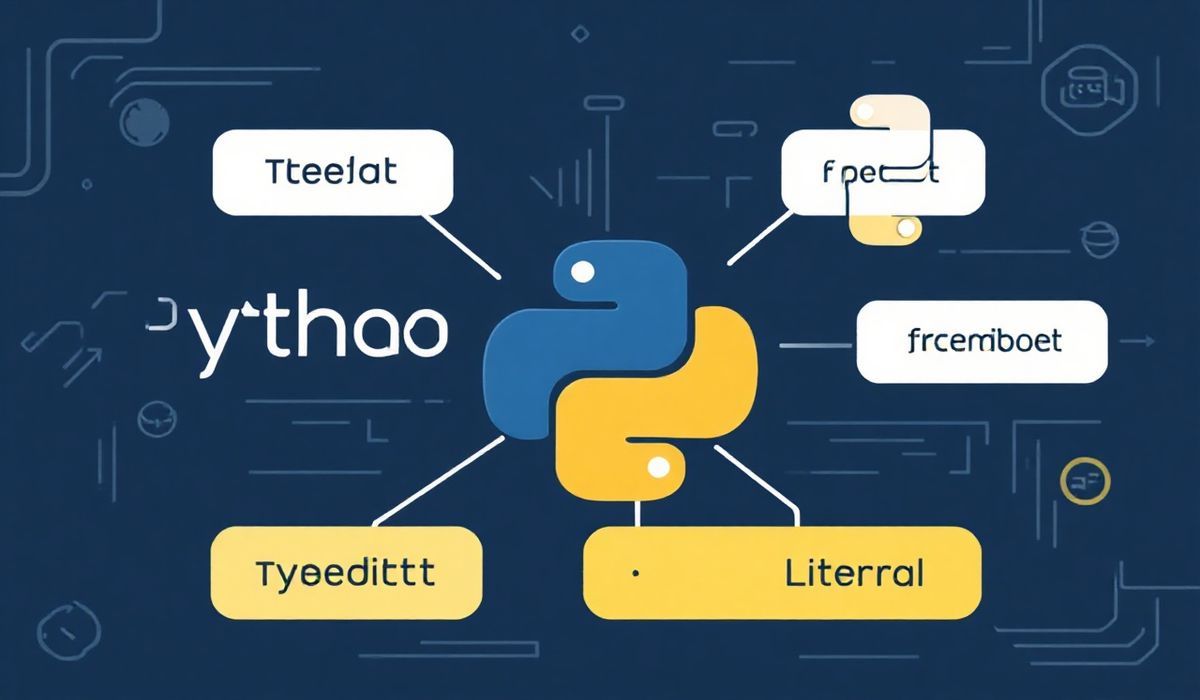Buffer JSON: Comprehensive Guide to Efficient Data Handling in JavaScript
Welcome to our comprehensive guide on buffer-json, a powerful tool for efficient data manipulation in JavaScript. This article will introduce the concept of buffer-json, followed by various useful APIs with detailed explanations and code snippets. Read on to explore how you can leverage these APIs in your applications.
Introduction to Buffer JSON
Buffer JSON is a library used to efficiently handle and manipulate binary data in JavaScript. It provides a range of APIs that allow developers to work with buffers and convert them to and from JSON format. This is particularly useful in scenarios where you need to handle large amounts of binary data, such as in networking applications, file processing, and more.
API Explanations with Code Snippets
1. Creating a Buffer from JSON
The `fromJSON` API creates a new Buffer from a JSON object.
const bufferJson = require('buffer-json');
const json = {"type": "Buffer", "data": [1, 2, 3]};
const buffer = bufferJson.fromJSON(json);
console.log(buffer); // Output:
2. Converting a Buffer to JSON
The `toJSON` API converts a Buffer object to JSON format.
const buffer = Buffer.from([4, 5, 6]);
const json = buffer.toJSON();
console.log(json); // Output: {"type": "Buffer", "data": [4, 5, 6]}
3. Buffer Concatenation
Combine multiple Buffers into a single Buffer using `Buffer.concat`.
const buffer1 = Buffer.from("Hello ");
const buffer2 = Buffer.from("World!");
const buffer3 = Buffer.concat([buffer1, buffer2]);
console.log(buffer3.toString()); // Output: Hello World!
4. Copying Data from One Buffer to Another
The `Buffer.copy` method copies data from one Buffer to another.
const src = Buffer.from("This is a source buffer");
const dest = Buffer.alloc(20);
src.copy(dest, 0, 0, src.length);
console.log(dest.toString()); // Output: This is a source b
5. Slicing a Buffer
The `Buffer.slice` method returns a new Buffer that references the same memory as the original.
const buffer = Buffer.from("Slicing buffer example");
const slice = buffer.slice(9, 15);
console.log(slice.toString()); // Output: buffer
6. Buffer Length
Get the length of a Buffer using `Buffer.length`.
const buffer = Buffer.from("Length example");
console.log(buffer.length); // Output: 14
7. Iterating Over Buffer Bytes
Use a `for…of` loop to iterate over Buffer bytes.
const buffer = Buffer.from([10, 20, 30, 40]);
for (const byte of buffer) {
console.log(byte);
}
// Output: 10 20 30 40
Application Example Using Buffer JSON APIs
Now, let’s create a simple application that uses the introduced APIs to read a binary file, convert it to JSON, manipulate the JSON data, and convert it back to a Buffer.
const fs = require('fs');
const bufferJson = require('buffer-json');
// Read binary file into a Buffer
const buffer = fs.readFileSync('example.bin');
// Convert Buffer to JSON
const json = buffer.toJSON();
// Manipulate the JSON data
json.data = json.data.map(byte => byte + 1);
// Convert JSON back to a Buffer
const newBuffer = bufferJson.fromJSON(json);
// Write the new Buffer to a file
fs.writeFileSync('example_modified.bin', newBuffer);
console.log('Binary file modified successfully!');
In the example above, we read a binary file into a Buffer, convert the Buffer to JSON, manipulate the JSON data, convert it back to a Buffer, and finally write the modified Buffer back to a binary file.
This is a very basic example to illustrate the power of buffer-json in handling binary data efficiently. By leveraging these APIs, you can perform complex data manipulation tasks with ease and precision.
Hash: 53346c5e1b0b6c77e344fa6d03c4441d7a4ff5fe47250556cf67bb103f5e776b




